 Technical Data Sheet
Technical Data Sheet
Trimethylamine Anhydrous (TMA)
Chemical Synonym- N,N-Dimethylmethanamine; Methylamine, N,N-dimethyl-; Methanamine, N,N-dimethyl-; TMA
|
Product Description
Trimethylamine Anhydrous (TMA) is a versatile building block that is used in a limited number of applications. We produce a number of TMA derivatives like choline chloride and chlormequat chloride.
For other applications we sell the TMA in the free market. TMA is used as raw material for choline based pharmaceuticals, surfactants and solvents, cationic starches, phase transfer catalysts, ion-exchange resins,nutraceuticals,…
TMA is available in 2 forms :
- as anhydrous liquified gas, TMA 100%
- as aqueous solution, TMA 25, 30 and 40%
We operate our own container fleet for TMA 100%, to guarantee a high quality service.
Characteristics:
Density of anhydrous trimethylamine in the liquid state, as a function of temperature:
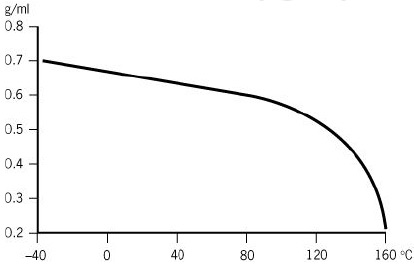
Heat of vaporization of anhydrous trimethylamine, as a function of temperature:
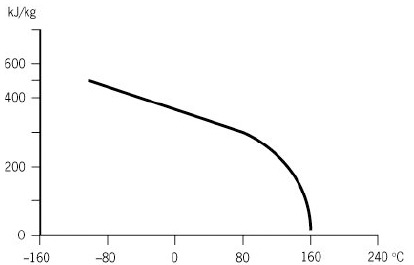
Specific heat of anhydrous trimethylamine, as a function of temperature:
a. in the vapour state:
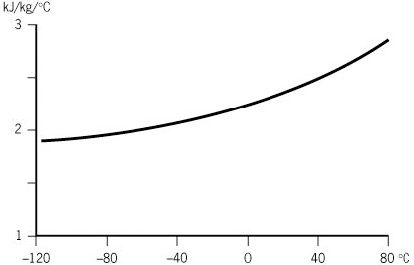
b. in the liquid state:
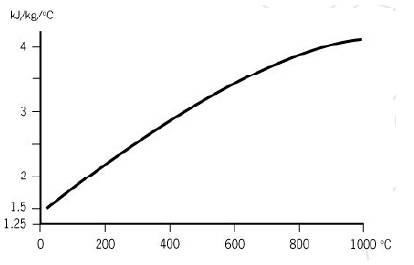
Vapour pressure of anhydrous trimethylamine, as a function of temperature:
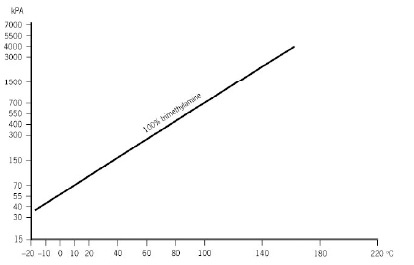
Typical Properties
| Property | Typical Value, Units |
|
| General |
|
| Molecular Formula | C3H9N |
| Molecular Weight | 59.11 g/mol |
| Boiling Point | 2.9-3.5 °C (37.2-38.3 °F) |
Density | | | @ 20°C | 0.63-0.67 g/cm3 |
Heat of Vaporization | | | @ 25°C | 366.4 kJ/kg |
Specific Heat | | | Gas (25°C) | 1.54 kJ/kg·K |
| Liquid (25°C) | 2.29 kJ/kg·K |
Vapor Pressure | | | @ 20°C (68°F) | 1909 hPa |
|
Packaging
- Bulk Containers (2T – 14T – 22T)
- Bulk Railcars (20T – 35T – 50T)
* Packaging in function of transport regulations of the destination country.
Storage
Trimethylamine is an extremely flammable product which should be stored in a well-ventilated area protected from fire risks (earthed tanks, no smoking, etc).
Delivery from containers and tankers should comply with our procedures which are available on request from our plant.
Both the gaseous product and the solutions are hazardous material. At a high airborne concentration the odour of ammonia predominates and trimethyl-amine acts as an asphyxiating gas.
At lower concentrations trimethylamine induces severe irritation and damage to the eyes and respiratory tract; skin contact causes burns.
The slightest leak is evident from the characteristic fishy odour, which is detectable at < 100 ppb by volume.
The storage area must be equipped with safety showers and eye baths whose locations should be familiar to the operators.
It is especially recommended that residues be burnt in an incinerator at > 800°C.
Eastman and its marketing affiliates shall not be responsible
for the use of this information, or of any product, method, or apparatus mentioned, and you must make your own
determination of its suitability and completeness for your own use, for the protection of the environment, and
for the health and safety of your employees and purchasers of your products. No warranty is made of the
merchantability of fitness of any product, and nothing herein waives any of the Seller's conditions of sale.